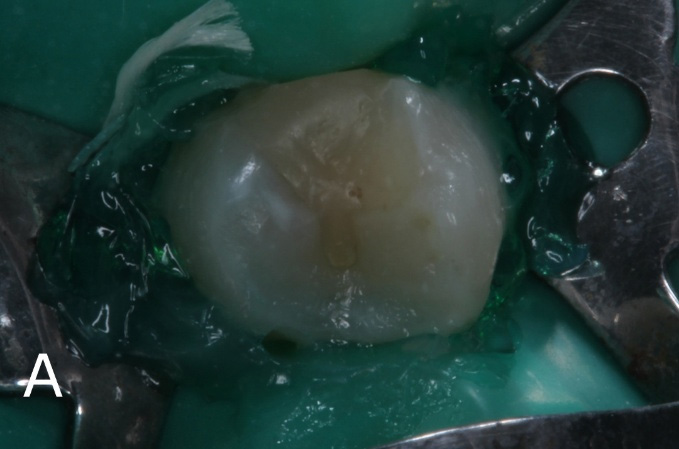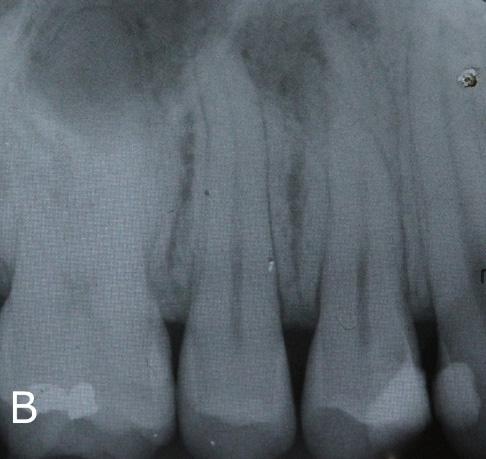 Tribune Group GmbH Inc.
Tribune Group GmbH Inc.
Nationally Approved PACE Program
Provider for FAGD/MAGD credit.
Approval does not imply acceptance by
any regulatory authority or AGD endorsement.
7/1/2024 - 6/30/2028.
Provider ID# 355051
Endodontic treatment of a tooth with periapical lesion using MTA-Fillapex
Sponsor: Angelus
Author: Nayara Rodrigues Nascimento Oliveira Tavares
Co-authors: Jéssica Monteiro Mendes, Alexia da Mata Galvão, Maria Antonieta Veloso Carvalho de Oliveira.
RESUME
A 26-year-old female patient came in for dental care for cosmetic restoration. Periapical and panoramic radiograph showed a lesion on tooth 14, with a mesio-occlusal composite resin restoration, pain on vertical percussion, and negative cold sensitivity test.
In the first appointment, was performed the coronary access with a diamond bur and a non-active tip drill (Endo Z, Angelus Prima), preparation of the cervical and middle third with Hedstroem hand files (Dentsply) and Gates Glidden #2, #3, and #4 drills (Angelus Industria de Produtos Odontológicos). Constant irrigation with 2.5% sodium hypochlorite was performed. Calcium hydroxide-based intracanal dressing and temporary restoration with IRM were used.
Two dressing changes were performed. After this period, the patient returned for the obturation. Instrumentation was performed with a reciprocating file (Reciproc Blue, VDW). For the obturation, MTA-based bioceramic endodontic cement – MTA-Fillapex – (Angelus Industria de Produtos Odontológicos) was used. The obturation was performed using the lateral and vertical condensation technique, and the tooth was then restored with IRM temporary restorative material (Dentsply).

1A. Initial clinical and radiographic appearance.

1B. Initial clinical and radiographic appearance.

Instrumentation with Reciproc Blue.

Gutta-percha cone test.

MTA-Fillapex cement filling material.

Insertion of the cone embedded in cement.

Final clinical and radiographic appearance

Final clinical and radiographic appearance



